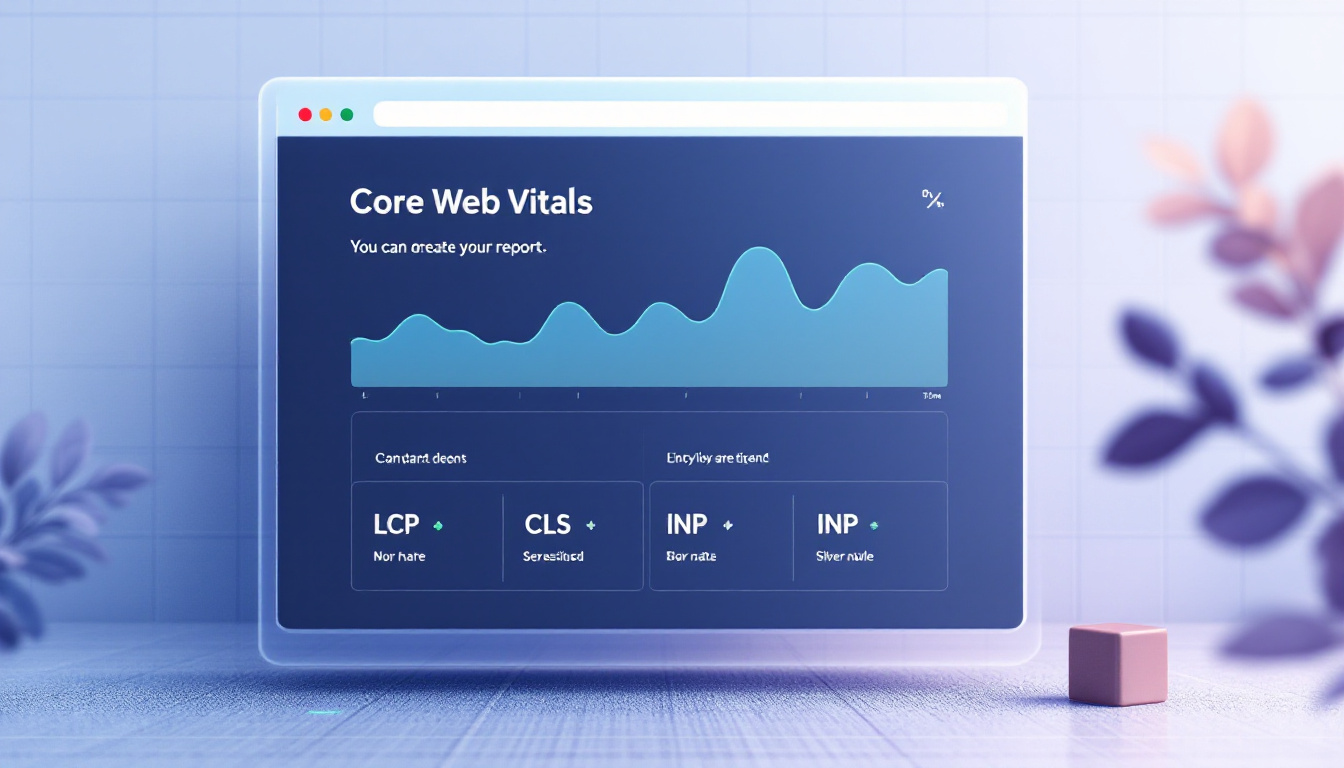A simple, proven checklist to speed up WordPress, improve Core Web Vitals, and boost SEO rankings.
Why WordPress Speed Matters
Speed is a ranking factor. A slow site hurts organic traffic, bounce rate, and conversions. Readers will not wait for a page to load. Search engines will not reward it either. The sweet spot is under two seconds on mobile.
Fast pages get more pageviews per session, more email signups, and more sales. Speed also improves your Core Web Vitals, which signals quality to search engines.

How to Measure Your Performance
Start with PageSpeed Insights, GTmetrix, and WebPageTest. Test on mobile first. Look at LCP, CLS, and INP. Note the waterfall and the largest files. Run three tests to average results.
- LCP under 2.5 seconds on mobile is a good goal.
- CLS under 0.1 prevents layout shifts.
- INP under 200 ms keeps interactions snappy.
Quick Wins for Faster Load Times
- Remove unused plugins and themes. Less code, fewer conflicts.
- Turn off plugin features you do not use.
- Set your homepage to show a summary, not full posts.
- Limit third-party scripts, such as chat widgets and trackers.
- Load embeds and iframes with lazy loading.

Fix Core Web Vitals
Improve LCP (Largest Contentful Paint)
- Preload your hero image if it is above the fold.
- Use a CDN and compress images with WebP or AVIF.
- Reduce render-blocking CSS and JS; inline critical CSS.
Reduce CLS (Cumulative Layout Shift)
- Always set width and height on images and iframes.
- Reserve space for ads and embeds with CSS aspect-ratio.
- Avoid injecting banners above content after load.
Lower INP (Interaction to Next Paint)
- Defer non-critical JavaScript.
- Use smaller, modern JS libraries. Avoid heavy sliders.
- Limit main-thread work by trimming effects and animations.
Use Caching and a CDN
Caching creates static HTML and serves it fast. A CDN stores your assets on servers near your readers. Combine both to cut TTFB and boost LCP.
- Page cache and browser cache are must-haves.
- Enable object cache with Redis or Memcached if your host supports it.
- Turn on HTTP/2 or HTTP/3 and Brotli compression.
Optimize Images the Right Way
Images are often the heaviest assets. Convert to WebP or AVIF, resize to the display size, and compress. Use lazy loading below the fold and priority hints for the hero image.
- Export at 1.5x the display width for Retina screens.
- Use srcset and sizes for responsive images.
- Strip EXIF data to reduce file size.

Choose a Lightweight Theme and Plugins
Pick a theme that scores well on performance. Avoid multipurpose themes loaded with features you will never use. Use trusted plugins that are maintained and updated often.
- Audit your site yearly and remove what you do not need.
- Replace heavy page builders with block-based or lightweight builders.
- Limit custom fonts and load only the weights you need.
Clean Database and Upgrade Hosting
Database bloat slows queries. Clean revisions, transients, and spam. Set up scheduled cleanups. If your TTFB is high, consider better hosting with server-level caching and modern PHP.
- Use PHP 8.2 or newer.
- Enable OPcache.
- Choose a host with NVMe storage and global edge routing if possible.
FAQ
How fast should a WordPress site load?
Under two seconds on mobile is a strong goal. Faster is always better, but keep the site stable and usable.
What gives the biggest speed boost?
Caching, a CDN, image optimization, and removing unused scripts usually deliver the largest gains.
Will speed help SEO?
Yes. Better Core Web Vitals and faster load times support rankings, user experience, and conversions.
You do not need to rebuild your site to get fast. Measure, fix the biggest files, and cache everything you can. Upgrade hosting if TTFB is still high. Keep testing and you will stay under two seconds. Want me to swap the alt text or styling for your brand? If you share your site name and niche, I can add internal links and a meta title and description too.
To contact us click Here .

